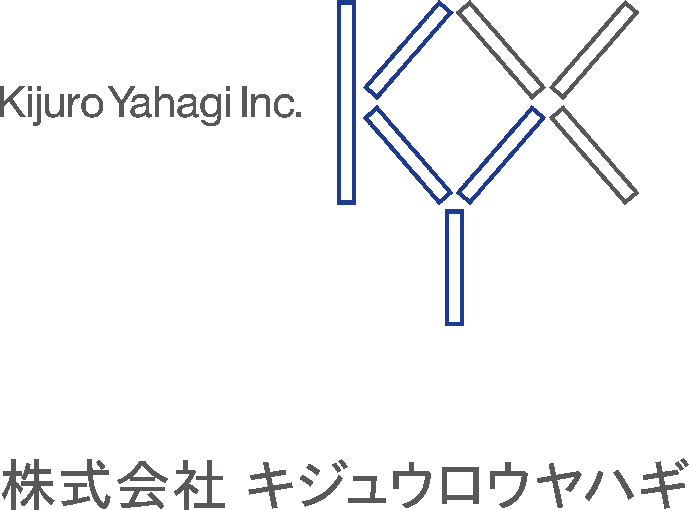One's Point of View
白いドーナツ型の内側に接した映像は、白いドーナツ状の外側の円で切り抜かれた映像を、内側の円迄縮小したものである。
映像をある箇所から切り離して、そのまま縮小して余白を出現させる何の変哲もない操作をしているだけなのに、その余白は単なる余白ではなく、彼方迄続く奥行きがあって透明感もある宇宙空間と映ってくる。単なる余白ではなく、宇宙空間という、次元を超えた空間にも感じられる空間を生み出せること自体、わたしにとって大きな発見となった。
人間の鼻の輪郭部分に大胆にフォーカスした画面の中に、白いドーナツ状の余白が見え、その中に浮遊している小さな円の映像と共に画面を見ていると、何故か鼻がむずがゆく感じられるようになり、つい鼻に手を当ててしまいそうになる。見る人にそう思わせてしまうのは、白いドーナツ状の宇宙空間とも見做せる余白が作用し、内側の白い円が、外側にある映像と同一平面上にあることを拒否し、自立しながら微妙に動き続けていると感じられるからではないだろうか。
The image that touches the inside of the white doughnut shape is the image cut out of the outer circle of the white doughnut shape and reduced to the inner circle.
It is just a simple operation of detaching the image from a certain part and shrinking it to create a blank space, but the blank space is not just a blank space, but a space with a depth and transparency that extends far into the distance. It was a great discovery for me to be able to create a space that was not just a blank space, but a space that could be felt as a space transcending the dimensions of space.
On the screen that fearlessly focuses on the outline of a human nose, you can see a white doughnut-shaped blank space, and when you look at the screen along with the images of small circles floating in it, for some reason your nose starts to feel itchy, and you almost feel like putting your hand to your nose. What makes the viewer think so is the effect of the white doughnut-shaped blank space, which can be regarded as outer space, and the refusal of the inner white circle to be on the same plane as the outer image, making the viewer feel that it continues to move subtly while standing on its own.









